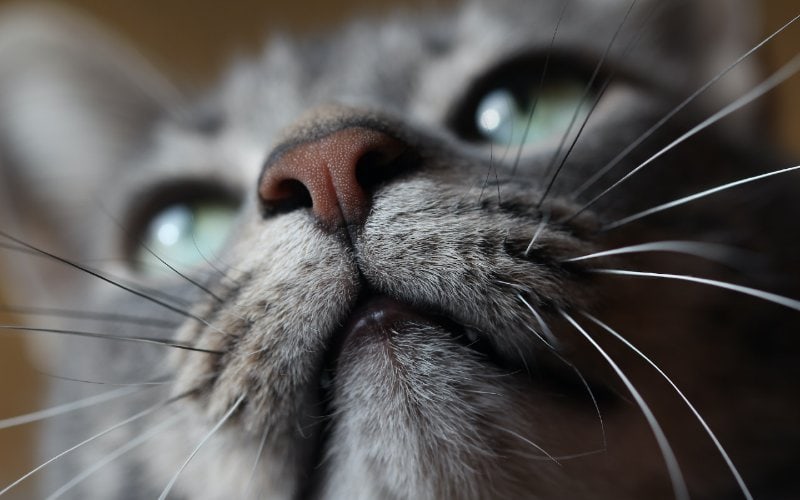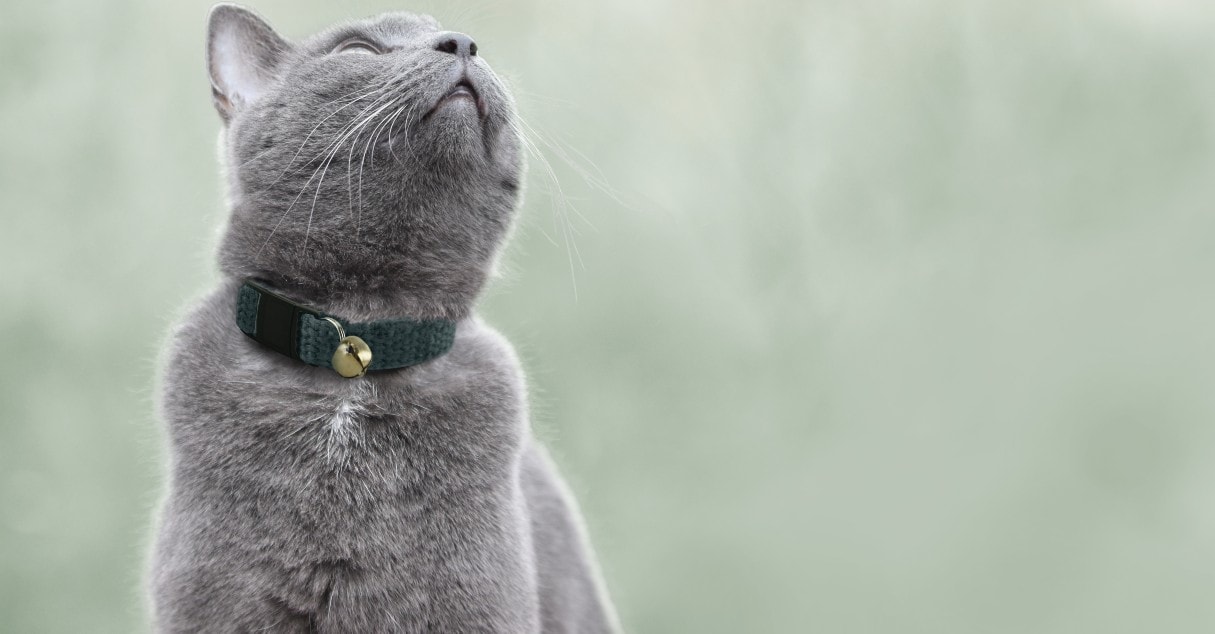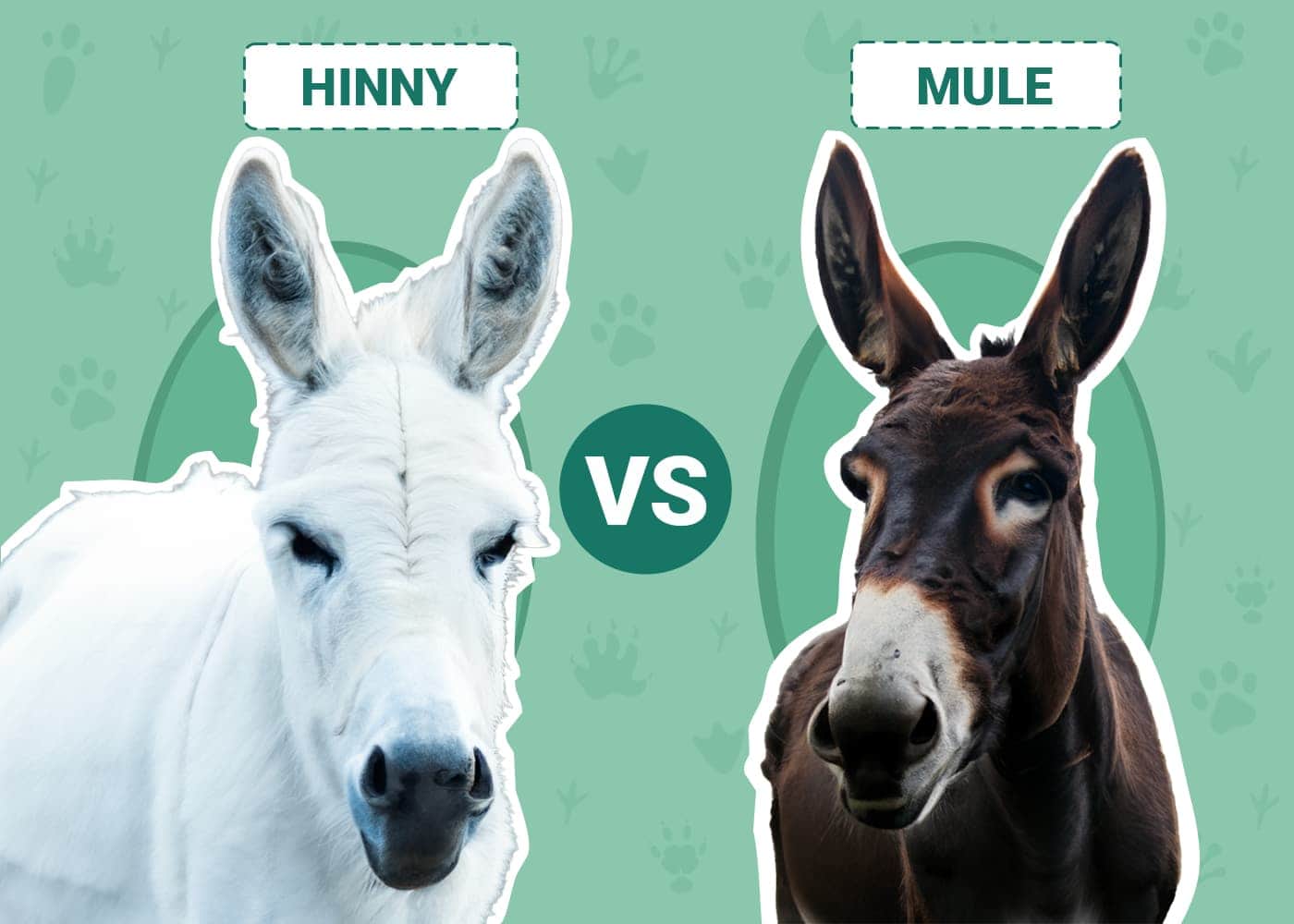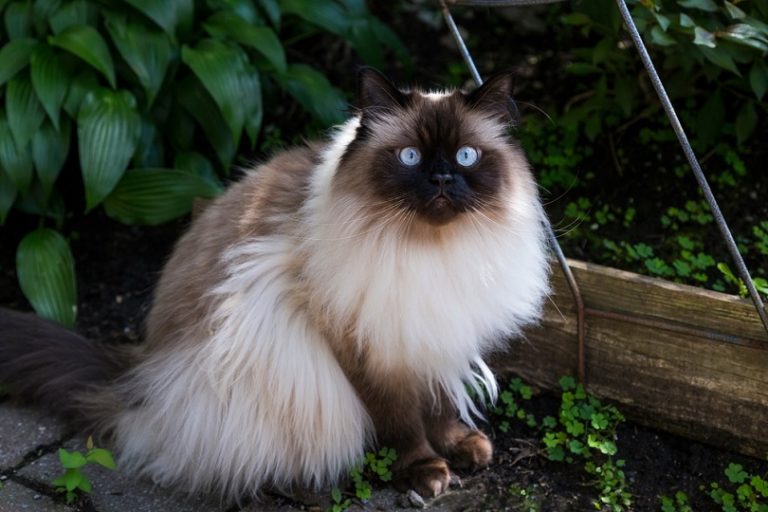Cats are endlessly captivating—and gorgeous! If you’re a big cat lover, you probably love learning fascinating facts about these feline friends.
All of a cat’s senses are essential to their survival, and their nose and sense of smell are no exception. So, read on to learn 10 facts about your cat’s adorable boopable nose.

The 10 Most Fascinating Facts About Your Cat’s Nose
1. A cat’s nose is one of the most essential sense organs
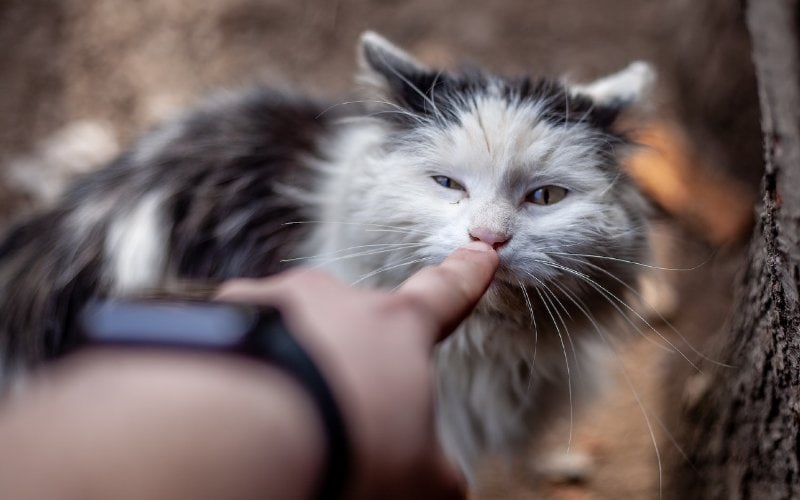
Science seems to suggest that cats have a capacity for olfactory discrimination far superior to that of dogs. We know that dogs have more than 200 million olfactory receptors in their nasal cavity. To put that in perspective, humans only have around 50 million.
Those sensitive noses help cats locate prey, find their way home, determine if their meal is toxic or edible, and even tell them where you’ve been and who you’ve met. Their nose can make all the difference in a cat’s survival.
2. The scent of their meal stimulates a cat’s appetite
You might be surprised to learn that cats don’t have that many taste receptors on their tongues—much fewer than we do! So, cats aren’t likely drawn to their food so much for the taste, but rather for the smell.
This is why cats lose their appetite when they have an upper respiratory infection that blocks their sense of smell. If your cat doesn’t seem interested in eating, try warming up their food, as this will release more aroma and can help stimulate their appetite.
3. A cat’s nose gives them information about other cats
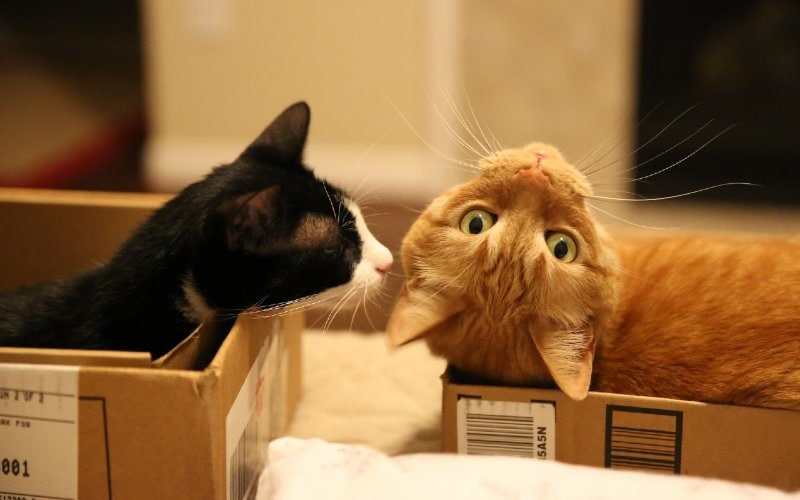
Cats can learn about other cats in their area by smelling; this is very useful for outdoor cats. Cats will spray, scratch, and rub on surfaces as a way to release their scent and give olfactory information to other cats that visit that territory.
When your cat is roaming the neighborhood, they learn about these other cats that have potentially encroached on their own territory. Additionally, intact male cats will be able to track down any female cats in heat with their noses.
4. Cats have “nose prints” like how we have fingerprints
The nose has distinctive ridges and tiny bumps that are unique to each cat. Like our fingerprints, no two “nose prints” are alike. Technically, they could be used to identify cats, but microchipping is much easier!
5. Nose color is determined by fur color
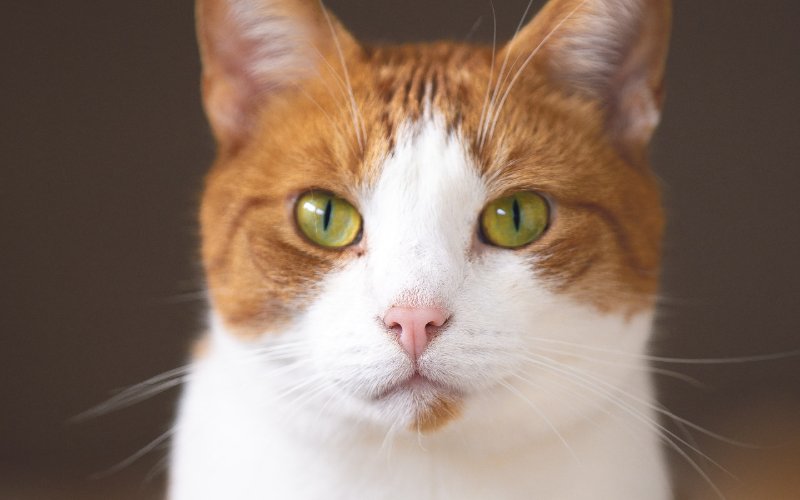
Most black cats have black noses, but many other cats, like white cats or orange and brown tabbies, tend to have pink noses.
Interestingly, orange tabbies tend to develop little brown freckles on their noses, lips, and gums called lentigo. Some gray cats will also have gray noses, and brown or black tabbies might have black noses. Calicos’ noses can be pink, black, or a combination of both!
6. Cats dislike certain smells
As much as cats love an interesting scent, they have a big dislike for many smells. Since they have such sensitive noses, they can find certain strong odors uncomfortable, such as scented cat litter or a litter box that hasn’t been emptied in a while.
There are also scents that are just off-putting, such as those from toxic plants such as citrus, peppermint, and eucalyptus. All essential oils are considered toxic to cats because they can’t metabolize and eliminate them the way we do. In order to keep your cat safe, you should never diffuse essential oils around your cat.
7. Cats love an interesting scent
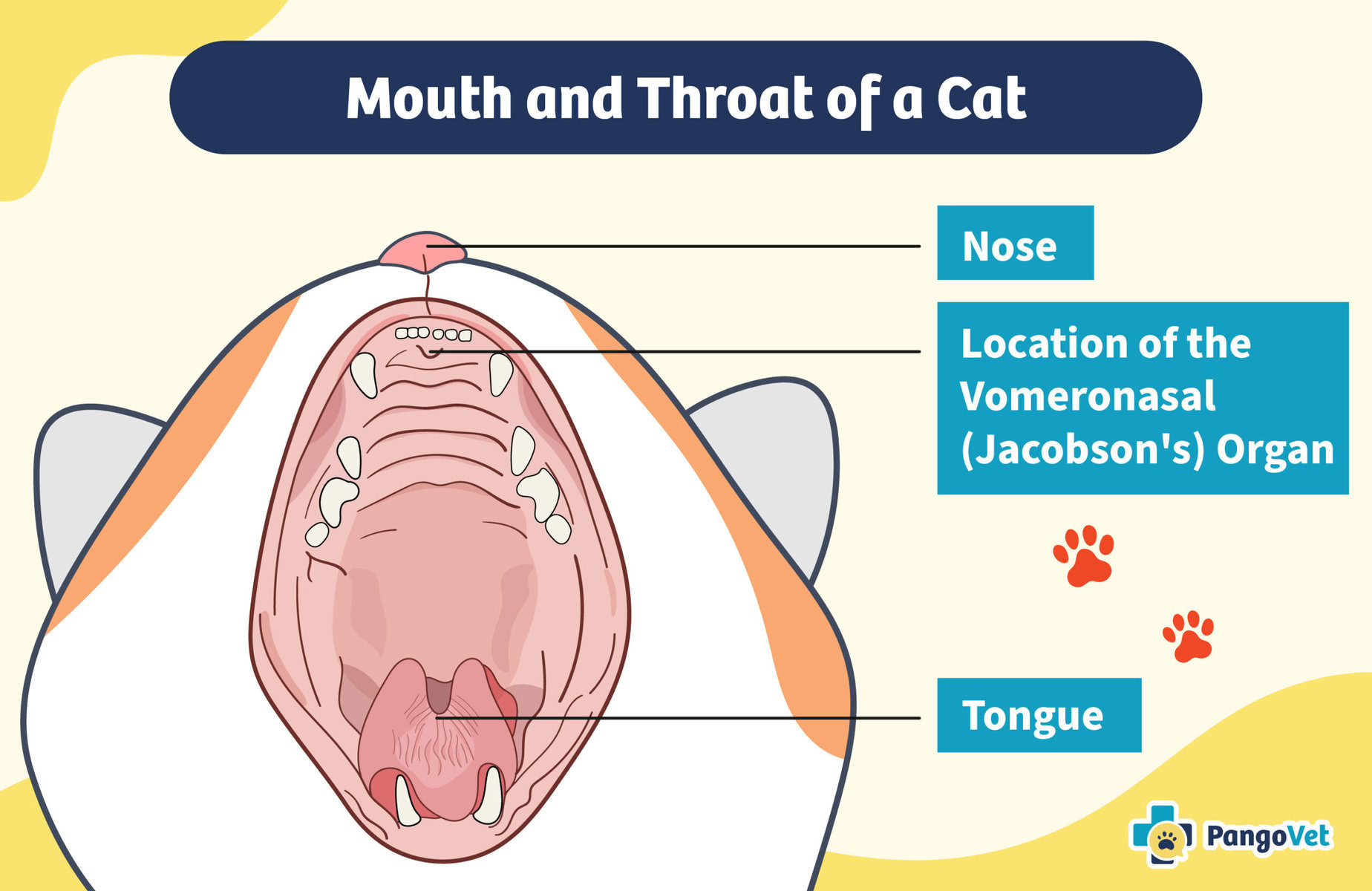
If you’ve ever noticed your cat smelling your odorous shoes and then looking up with their mouth partly open, they are transferring scents into the vomeronasal organ, or Jacobson’s organ, to get as much information from it as possible. This is called the flehmen response.
The Jacobson’s organ is located on the roof of the cat’s mouth. When a cat finds an intriguing smell, they inhale it through their mouth and nose, and the information travels to their brain, which enables cats to gain essential information about it.
8. Cats greet each other by sniffing each other
When cats approach each other, they will usually greet each other by smelling each other’s noses and even rear ends. Then, they’ll typically carry on with their business. This sniffing is them saying hello and figuring out where the other has been.
9. Kittens are born with an advanced sense of smell
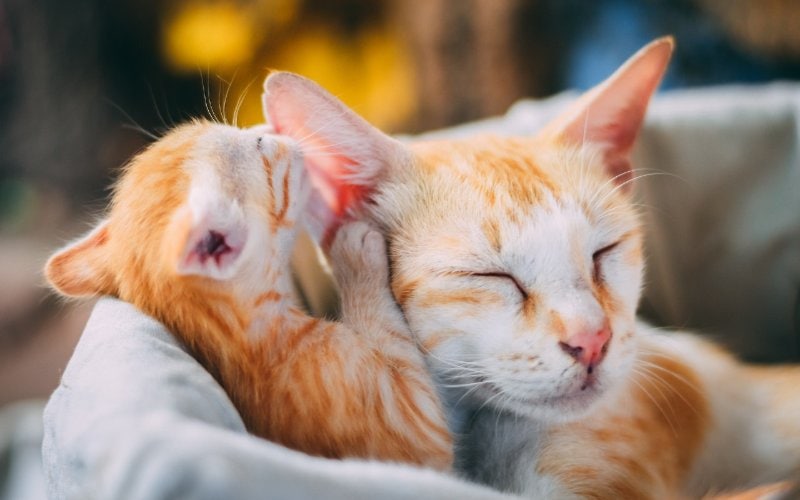
Newborn kittens have a highly developed sense of smell that enables them to find their mother for nursing. This comes in handy because they are born blind and don’t open their eyes until they are about 10 days old.
10. A cat’s nose can indicate a health problem
There are many ways that you can tell that a cat is ill, including by looking at their nose. How the nose looks, such as any color change, any discharge, and how moist or dry it is, can all be indications of a problem with the cat’s health.

What Should You Watch For?
Veterinarians will check a cat’s nose in addition to everything else during a wellness check. They will check for any potential obstruction or discharge. Blisters and sores appearing on a cat’s nose can be an indication of an infection, trauma, or an autoimmune disease.
- Nasal discharge
- Nosebleed
- Open sores
- Dried and cracked nose
Nasal Discharge
Discharge accompanied by coughing and sneezing could be an upper respiratory infection. General nasal discharge can be several things, such as dental disease, infection, or a foreign body stuck inside the nose.
It’s important to see the vet if your cat appears to be struggling to breathe or if there’s another issue with their nose and health in general.
Dry Nose
Some cats might naturally have dry noses. But if the nose seems drier than usual, it might be because the cat has been spending too much time next to a heat source, or it could be a sign of dehydration or fever.
Change in Color
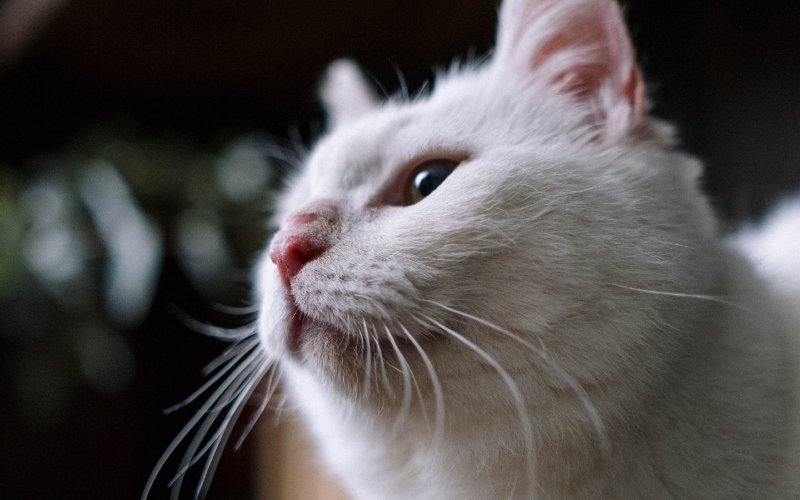
A change in a cat’s nose color should be taken quite seriously, particularly if it looks paler than usual, which could be an indication of anemia or jaundice, if it looks yellowish. Some ginger cats might get freckles on their nose, which is normal. But if there’s a sudden and inexplicable change in the color of your cat’s nose, it’s best to see your vet immediately, as something could be wrong.
Other Signs That Something Is Wrong
If your cat is panting or just breathing through their mouth, this usually indicates a problem that needs urgent veterinary attention. Cats only breathe through their nose, so if they appear to be using their mouth to breathe, there’s an issue.
What Is a Healthy Cat Nose?
Sometimes the best way to judge that something might be wrong with your cat is to be familiar with what their nose is like when they are in good health.
Not every cat’s nose will be the same, but the average cat should have a slightly moist and cool nose, though this will change from time to time without it being a health concern. Overall, you know your cat best, and if something seems off, see your vet.


Conclusion
Cats are endlessly amazing—their noses alone made an entire article! Now that you know more about your cat’s nose, enjoy those boopable moments.
But don’t forget that they have super-sensitive noses, so try not to use strong scents around them. We all want to ensure that our cats stay healthy and happy so we can continue to enjoy their company every chance that we get.
Featured Image Credit: Kevin Knezic, Unsplash
Contents
- The 10 Most Fascinating Facts About Your Cat’s Nose
- 1. A cat’s nose is one of the most essential sense organs
- 2. The scent of their meal stimulates a cat’s appetite
- 3. A cat’s nose gives them information about other cats
- 4. Cats have “nose prints” like how we have fingerprints
- 5. Nose color is determined by fur color
- 6. Cats dislike certain smells
- 7. Cats love an interesting scent
- 8. Cats greet each other by sniffing each other
- 9. Kittens are born with an advanced sense of smell
- 10. A cat’s nose can indicate a health problem
- What Should You Watch For?
- What Is a Healthy Cat Nose?
- Conclusion
